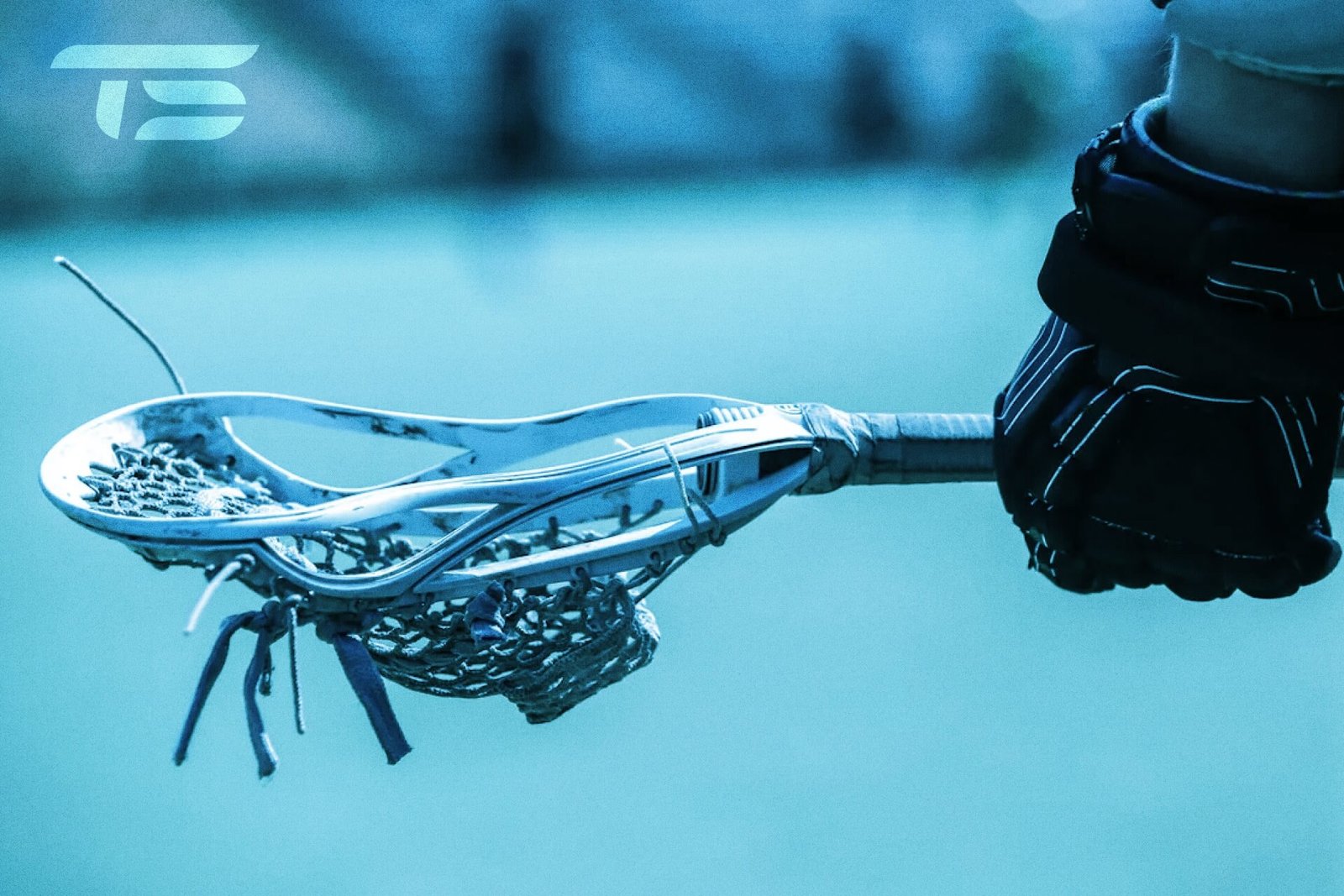Lacrosse is a sport that demands a unique blend of speed, agility, power, and endurance. Due to the dynamic nature of the game, players are exposed to specific injury risks necessitating specialized rehabilitation techniques. At True Sports Physical Therapy, we have honed our protocols for lacrosse athletes over years of working with players from various levels. Our rehabilitation programs are tailored to address the distinctive requirements of this high-intensity sport while focusing on both recovery and performance enhancement.
Key Points to Note:
– Lacrosse players are particularly prone to ankle sprains, knee injuries, shoulder dislocations, and hamstring strains.
– Training should emphasize rotational power, lateral movement, and rapid directional changes.
– Core stability exercises play a crucial role in reducing injury risks.
– Return-to-play protocols should involve a gradual escalation of sport-specific drills before full competition.
Common Lacrosse Injuries and Causes:
To devise effective training and recovery plans, it’s essential to understand the common injuries encountered in lacrosse.
Impact and Contact Injuries:
– Shoulder dislocations from direct hits or falls
– Wrist fractures from stick checks or ground impact
– Concussions from player-to-player contact or falls
– Head and face contusions from balls or sticks
Movement-Related Injuries:
– Ankle sprains during cutting maneuvers
– ACL and MCL tears from rapid directional changes
– Hamstring strains during acceleration or deceleration
– Hip flexor strains from repetitive shooting actions
Unique Physical Therapy Approaches for Various Positions in Lacrosse:
Different positions in lacrosse mandate distinct physical attributes and movement patterns, calling for tailored physical therapy approaches.
Attackers and Midfielders:
– Agility training focusing on change-of-direction mechanics
– Rotational core exercises to enhance shot power
– Single-leg stability work to improve cutting skills
Defenders:
– Hip mobility and strength exercises
– Lower back stabilization techniques
– Upper body conditioning for stick checks and physical play
Goalies:
– Reactive training for rapid limb movements
– Hip and shoulder flexibility exercises
– Core stability for explosive lateral moves
Effective Recovery Protocols:
Effective recovery protocols for lacrosse players should address the immediate injury while preserving overall fitness.
Acute Injury Phase:
– PRICE protocol (Protection, Rest, Ice, Compression, Elevation)
– Pain management strategies
– Gentle range of motion exercises as appropriate
Rehabilitation Phase:
– Progressive strengthening of injured and surrounding areas
– Balance and proprioception training
– Cross-training for cardiovascular fitness
Return-to-Play Progression:
– Fundamental movement patterns without equipment
– Sport-specific drills at reduced intensity
– Position-specific movements with equipment
– Non-contact team drills
– Full return to competition
Preventative Training Strategies:
Preventative programs should focus on:
– Compound movements like squats, deadlifts, and lunges
– Core stabilization in multiple planes
– Plyometric exercises with proper landing techniques
– Agility drills with cognitive components
Equipment Considerations:
Equipment choices in lacrosse can impact recovery and injury prevention:
– Selecting appropriate cleats based on field surface and foot mechanics
– Adjusting stick parameters to reduce strain on shoulders and wrists
– Ensuring well-fitted protective gear, especially helmets for concussion prevention
Optimizing Your Comeback:
Lacrosse necessitates specialized physical therapy methods to meet its demands. From initial assessment to return to play, understanding the sport’s movements and position requirements is crucial. At True Sports Physical Therapy, our team mixes clinical expertise with lacrosse-specific knowledge to create personalized plans for rehabilitation and performance enhancement. Contact us for a consultation at your nearest facility or learn more about our lacrosse-focused rehabilitation programs. FAQs are also available to address common queries such as recovery times for lacrosse injuries, ACL injury prevention exercises, off-season training approaches, the impact of physical therapy on shooting power, and return-to-play timelines after a concussion.





